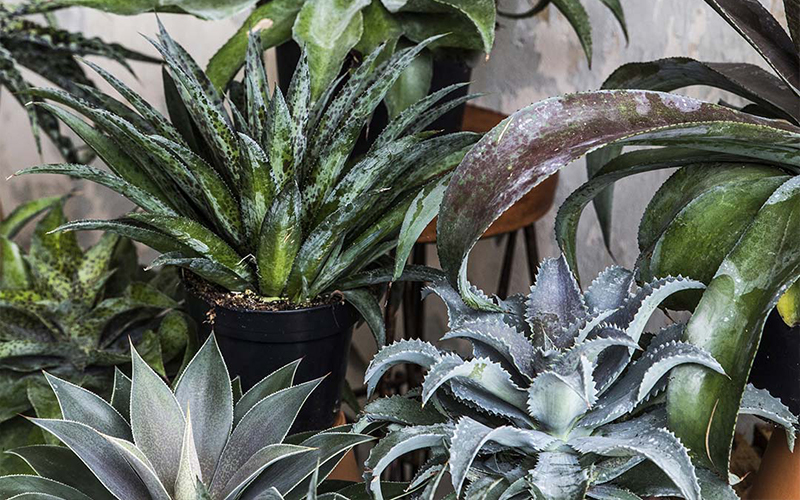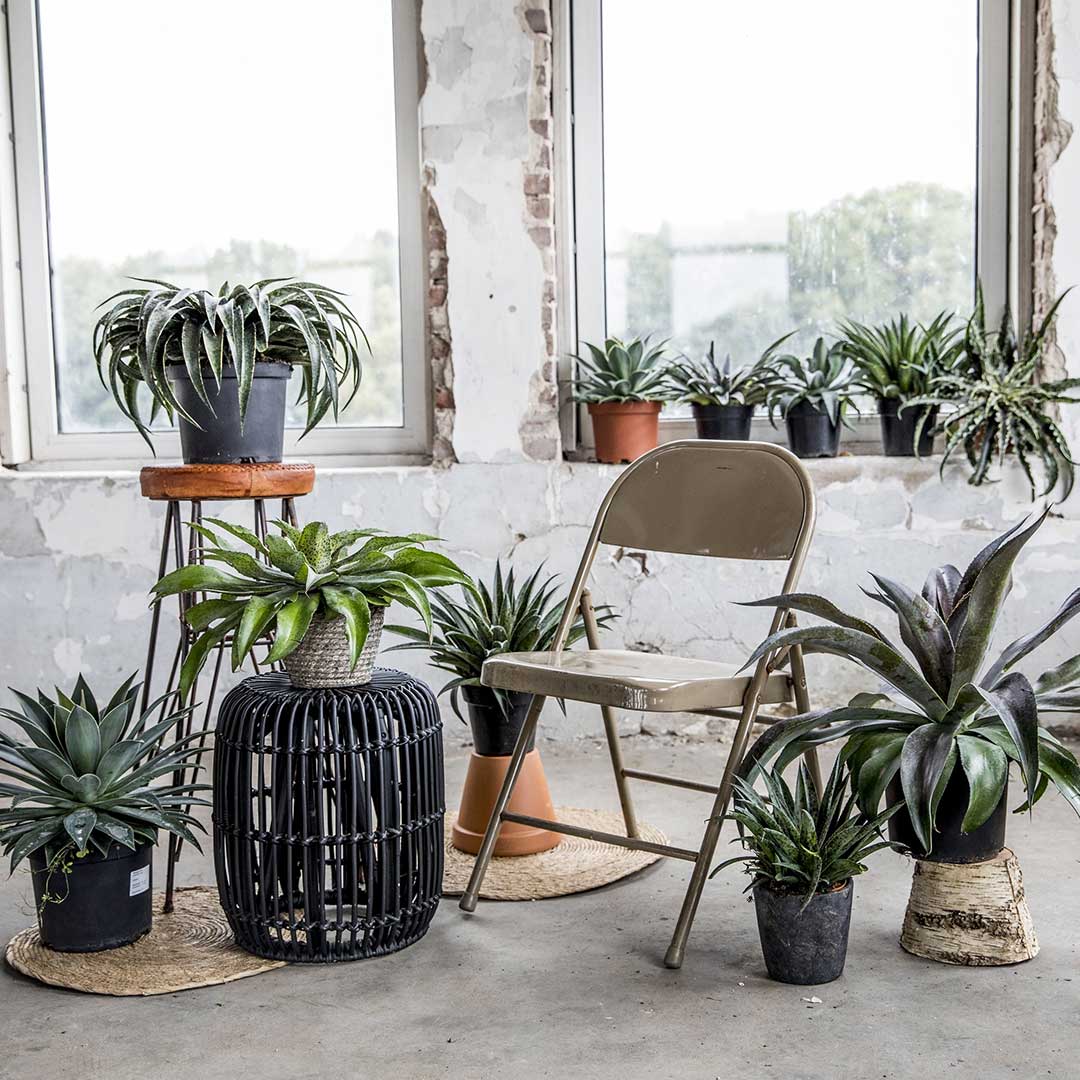
Deliver to
Austria
 English
English

The 'Mangave' is a mix between the Agave and Manfreda. They belong to succulents, which makes the Mangave easy plants. They are available in different species, sizes and colours. These characteristics make a Mangave plant a real eye-catcher. For indoors as well as outdoors.
Bright light
Water once a month
Non-Toxic
Non Air-purifying
The Mangave likes to be in a location with a lot of light. It is best to place it in a spot with direct sunlight or indirect sunlight.
A Mangave needs water at least once every 6 weeks. In the summer, the plant may be watered once a month. Do make sure that the water can drain off well. Otherwise, water will remain at the bottom of the flower pot and the Mangave could suffer from root rot.
The Mangave doesn't consume a lot of energy. Supplementing the Mangave with plant nutrition is therefore certainly not necessary. Should you wish to give plant nutrition, then only do so during the growing season (spring to summer).
We advise to repot the Mangave once every 3 years, and when the pot becomes too small. Repotting the Mangave gives the plant new nutrients and more space for root growth. The new airy potting soil is also very helpful for watering. The best period for repotting is spring.
The most ideal temperature for a Mangave plant is typically between 15 to 27 degrees Celsius. It thrives in a moderate climate and can tolerate a range of temperatures, including mild frost.
Pruning a Mangave is not necessary, but it can be done to remove dead or damaged leaves. You can trim off any brown or withered leaves close to the base of the plant, while using clean and sharp tools. However, be cautious as the leaves of some Mangave varieties have spines or sharp edges.
The Mangave is not susceptible to diseases and pests. Mourning flies and root rot can always occur, although this is usually due to careless care.

